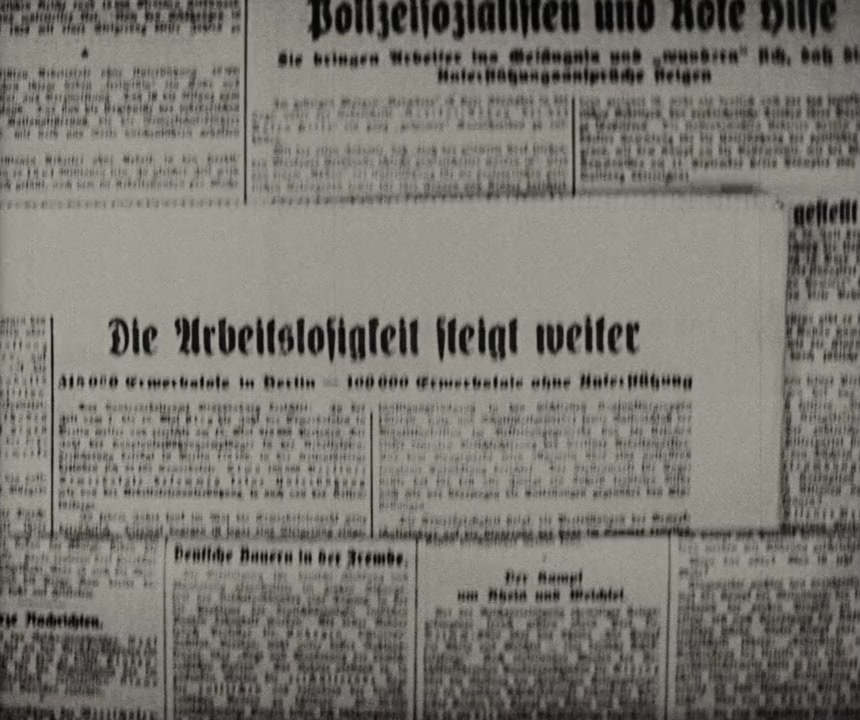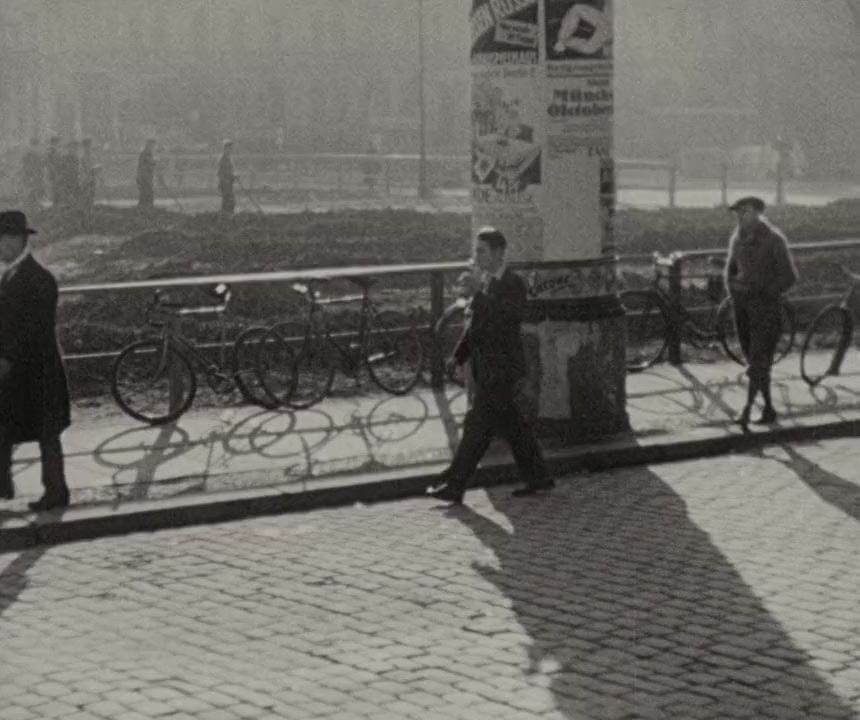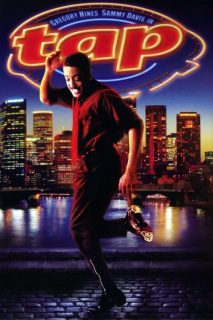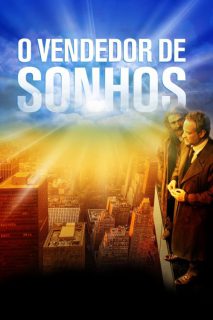
- Year: 1932
- Released: 23 Apr 1933
- Country: Germany
- IMDb: https://www.imdb.com/title/tt0023104/
- Rotten Tomatoes: https://www.rottentomatoes.com/m/kuhle_wampe_or_who_owns_the_world
- Available in: 720p, 1080p,
- Language: German
- Genre: Drama
- Runtime: 71 min
- Writer: Bertolt Brecht, Ernst Ottwald
- Director: Slatan Dudow
- Cast: Hertha Thiele, Ernst Busch, Martha Wolter
- Keywords: pregnancy, berlin, germany, unemployment, communism, socialism,
 | 6.6/10 |
Kuhle Wampe or Who Owns the World? Storyline
A working-class family in Berlin in 1931 where survival is difficult, with massive unemployment in the wake of the Great Depression. After Anni’s brother commits suicide in despair, her family finds itself forced to move to Kuhle Wampe, a lakeside camp on the outskirts of Berlin, now home to increasing numbers of unemployed. When Anni’s relationship with Franz ends, she moves back to Berlin and gets involved in the workers’ youth movement.
Kuhle Wampe or Who Owns the World? Play trailer
Kuhle Wampe or Who Owns the World? Photos



Kuhle Wampe or Who Owns the World? Torrents Download
| 720p | bluray | 692.31 MB | magnet:?xt=urn:btih:AB51C5CBC379CBF7054D3ADFB544BB869C603CAD | |
| 1080p | bluray | 1.26 GB | magnet:?xt=urn:btih:FD6E8D965E3D761EEDCD80910290D6E123E9AFEB |
Kuhle Wampe or Who Owns the World? Subtitles Download
Kuhle Wampe or Who Owns the World? Movie Reviews
A historical document about cultural socialism
Kuhle Wampe is a classic German film. It was made in 1932, in the middle of the Great Depression, and narrates an episode of the life in a workers family. The story was written by the famous German writer Bertold Brecht, who at the time was part of the European labor movement (since 1933 he temporarily move to the USA in order to escape from fascism). Therefore the film takes a critical perspective on the contemporary society. One of the main character is the well-known socialist singer Ernst Busch. The film even contains several of his songs, for instance the Solidatitaets Lied. So Kuhle Wampe may definitely be praised as a historical document. There are many shots of the mass activities by workers organizations, such as the contemporary sport associations, the theater societies and the political branches (newspapers etc.). Their aim was to provide the unemployed workers with useful activities, in order to prevent their moral decay. Personally I like the camera work, which uses an attitude of social realism. At first the film was banned by the German board of film censors. Later a shorter version was allowed to be released, but this decision was again reversed a few months later, when the fascists gained control. The DVD contains the shortened version, so apparently the original has been lost. Which is a shame. The actual story appears to be instrumental to the political message. Kuhle Wampe is a camping place for the expelled families. First we see the suicide of a young worker, being desperate because of a lasting unemployment and his lethargic parents. It portrays the waste of resources in capitalism. Then the family is expelled from their apartment. Subsequently the young working daughter gets involved in a failing relation with another worker. She resorts to abortion. Here the message is unclear. If one wishes to criticize the film, perhaps the abundance of artistic quality should be mentioned. Brecht wrote for intellectuals, and his stories are never easy. Actually he had his greatest successes and achievements in operas (for instance “The Three Penny Opera”! Also “Rise and Fall of the City of Mahoganny” (located in the USA), “The Yes-sayer” etc.). This is mirrored in the film, where the dialogs are somewhat pompous, or at least make an artificial impression. This classifies the film as a cultural milestone, giving a profound insight into the life style within the labor movement of the thirties. This era has often been described as cultural socialism, using mass plays, chants etc. The greatest happiness was being a part of the harmonious crowd. This idea has become obsolete in our present culture, which gives room to personal happiness. The DVD of Suhrkamp Verlag also contains the Dudow documentary “Wie der Berliner Arbeiter wohnt” (“The lives of Berlin workers”) and the play “Feigenblatt fuer Kuhle Wampe”. Have a look to see my review. If you are interested in social films, you may want to look at all my reviews.
Slatan Dudow’s film classic not to be missed
This is a great film, an early example of fiction film-making that is responsive to social and political circumstances, but that doesn’t get bogged down in the naturalist pessimism of, say, Piel Jutzi’s contemporary “Mutter Krausens Fahrt ins Glück.” The cinematography may not be the most compelling, but it is sensitive, considered, and bears the mark of Dudow’s admiration for Eisenstein. Brecht was only one of the collaborators on the script — together with the reportage-novelist Ernst Ottwalt, even if he was its most outspoken defender in the censorship proceedings; and the idea for the film was Dudow’s, a Bulgarian-born theater and film director who had made one documentary prior to “Kuhle Wampe” and would go on to co-found the East German studio, DEFA.
Fails to really make an impact
“Kuhle Wampe oder: Wem gehört die Welt?” or “To Whom Does the World Belong?” or just “Kuhle Wampe” is a German movie from the early 1930s and this one will have its 85th anniversary next year and actually came out one year before the Nazis came into power in Germany. The strongly left-wing messages from this movie make it no surprise that it got banned right away then. It is a black-and-white film still, but it has sound, which was not a given by 1932, but fairly common already. Pretty much all the Nazi films afterward have sound, many of them color as well. It is a bit tough for me to properly evaluate this film. First of all, “Kuhle Wampe” is an area here in Berlin, but I must say the term is really unknown today and people talking about a “Wampe” are mostly referring to a big belly somebody has. In general, looking at the title, this film is not half as impactful in terms of the Berlin areas it depicts and is about as I hoped it would be. Other than that, I had problems with the film starting as a drama with a main character committing suicide, but then, the longer it goes, it moves more and more into documentary territory and especially the last scene with the talk about coffee could be seen as 100% documentary-style (if the line delivery by some had not been that bad). This development also takes away from the emotional impact. It was really difficult to care for Herta Thiele’s character or anybody from the supporting cast. Luckily the film only runs for slightly over an hour, so it does not drag that much. Still, this does not make it a good film either. I do not recommend the watch.



